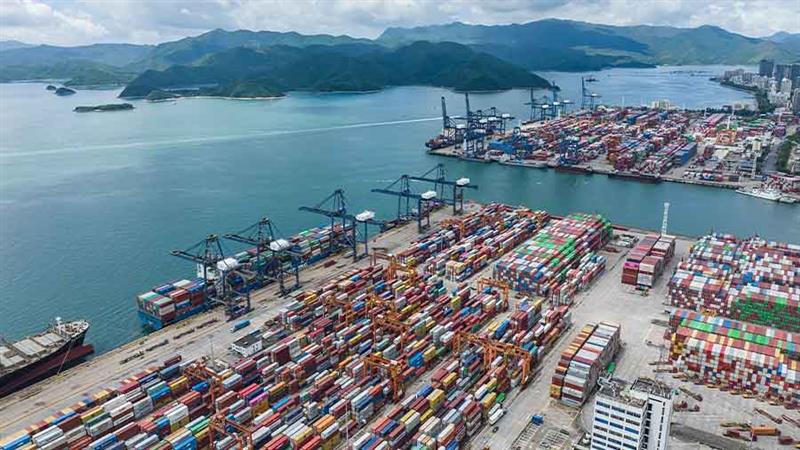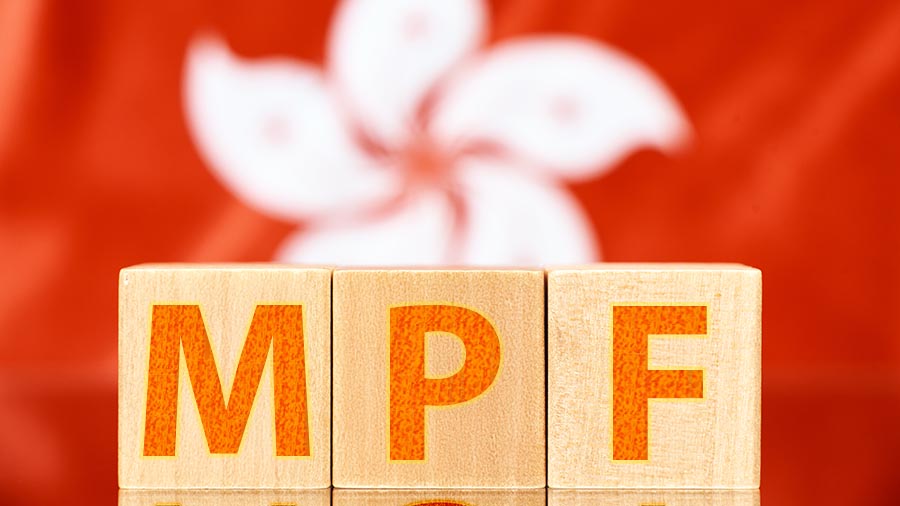India’s Rise to World’s Third Largest Economy Puts More Pressure on China to Perform
Foreign Investors in China Need To Prepare For Regional Alternatives
Op-Ed Commentary: Chris Devonshire-Ellis
With the recent news that India has just overtaken Japan to become the world’s third largest economy in PPP terms, China now faces increasing pressure to both hold onto its FDI performance, GDP growth, its manufacturing competitiveness and maintain the domestic political mantra that the country is superior to that of its largest neighbour.
In terms of FDI, China’s rose last year by 5.3 percent, to a whopping US$117.6 billion, albeit at slower rates of increase than previously attained. But even that figure was eclipsed by the 5 largest economies in ASEAN, who achieved FDI inflows of US$128.4 billion. India’s, while smaller at some US$28 billion, still rose by 17 percent over the previous year – an increase over three times higher than that of China’s, and achieved during what was not an entirely satisfactory fiscal or political 12 months for the country. While it is true that the Indian performance comes from a lower economic base, there is some thought that the investment trends are now moving away from China and into other areas of emerging Asia – with ASEAN and India amongst them.
If so, there are some fundamental reasons for this. China has become considerably more expensive in terms of labour costs. It is now five times more expensive to hire a worker in Guangdong than it is in Mumbai. Coupled with that, China’s demographics point to it losing labour force over the coming years, while a much younger India is adding to its pool of available workers. Not only are China’s workers becoming more expensive, there are also less of them. It is that demographic that is now beginning to impact initially upon labour-intensive industries in China, but will rapidly filter down into smaller and medium size businesses with less cash flow to protect them against increasing production costs.
Foxconn, maker of numerous Apple products, are shifting production to Indonesia. Ford have bet their Asian vehicle strategy upon auto-manufacturing plants in Gujarat. Nearby Thailand, and not China, has been chosen by Volkswagen as their manufacturing base for auto sales into Asia. These decisions have been made despite regular comments about China’s infrastructure superiority protecting it from such leakage. Clearly the cost benefits of locating factories elsewhere, even with lower standards of infrastructure, are greater than investing that additional capacity in China. China has not been able to become the manufacturing hub of choice for Asia, let alone the world.
This is having an impact on where global CEOs see future production capacity moving. According to the 2013 Global Manufacturing Competitive Index issued by Deloitte, India currently ranks fourth globally. This report includes over 550 survey responses from CEOs around the world and provides their perspectives on the key drivers of manufacturing competitiveness for a country, a ranking of each nation’s current and future competitiveness, and a review of the public policies creating competitive advantages and disadvantages for key countries and regions around the world. The study also reveals that India will move up from fourth to second position over the next four years.
Meanwhile, even the Chinese Central Government’s desire to propel the majority of its citizens towards middle class consumer status at a rapid pace is beginning to face resistance. Dongguan, the so-called “factory of the world” has shelved, for the time being at least, any further minimum wage hikes as it strives to keep increasingly frustrated business owners competitive – and profitable. If not, they will – and many are – relocate to Vietnam.
The main attraction for many foreign investors now in China is the development of that same middle class consumer base. Currently standing at about 250 million, it is projected to reach 600 million by 2020, a staggering increase. Yet that projection also assumes that China will be able to hold onto its manufacturing base and service the domestic market domestically. That strategy is now starting to look less likely. Vietnam, expected to come into full China-ASEAN Free Trade Compliance by the end of next year, will be able to enjoy duty free exports to China on some 90 percent of all traded products. With Vietnamese wages far lower than China’s, and a lower corporate tax rate in the offing, China will struggle to compete with Vietnam within 18 months. Yet it needs to maintain manufacturing stability and foreign investment inflows at the same time. It’s a balancing act that is beginning to look a little out of kilter.
China stands to produce another 350 million middle class consumers, all wanting modern products, that will increasingly be sourced externally from China. Yet at the same time, fiscal tax revenues on customs duties will drop. That doesn’t really balance the books as far as I can see China sustaining its projected middle class growth. As its population ages, it will become more dependent upon raising taxes to cover health care costs. Yet in multinational trade, exactly the reverse is happening.
India, meanwhile, is a little behind in all this. Its development path is often erratic, and as a democracy it has lacked the one party, single minded drive that has propelled China along the past three decades. Its GDP growth rates have performed at a far wider range than China’s from a low of 3.5 percent last year, from 9.7 percent in 2010, and an expected 6.5 percent this year. That compares with a consistent China deliverable of between 7-8 percent per annum. But the warning signs for China are there. India is not just a home of increasing numbers of workers (expected to double to just under 1 billion by 2025) available at far lower wages than in China, but it also has an alluring domestic middle class – coincidentally the same size as China’s is today, at 250 million. That middle class also has extensive purchasing power and is increasing. International brands are now flocking to India to sell to the domestic market. Yet still, India tends to fall down on infrastructure. That however is changing – investment into infrastructure is racing ahead at close to 8 percent growth per annum – higher than the GDP rate.
When India’s infrastructure gap starts to close – and the signs are already there – it will take just a couple of reforms to kick start India as both the world’s manufacturing hub and its largest consumer market. Those are tax reform, which has been on the agenda for the past three years, with the intent to lower corporate income tax from the current 40 percent rate down to 30 percent, and further FDI reforms into the retail sectors, and especially in agriculture and e-commerce. In the latter especially, India has been able to provide a far more open and transparent market than that of China. With the Chinese government wanting to keep a handle on every possible currency movement out of the country, and as a result supervising the rise of its own online retailers, global online retail businesses such as Amazon and ebay, along with many other e-commerce businesses, have found the going in China very tough. In comparison, the Indian market is starting to open and giants such as Amazon are expecting huge dividends as a result. Put simply, India’s market is more open to foreign investment and participation than China’s.
If these Indian reforms continue to happen – and both political parties contesting the Indian elections currently underway are considered business friendly – then the rise of India may yet cause China some headaches. I will not be surprised if India’s growth in two years from now starts to outpace that of a China that just may have attempted to become too rich, too fast, amongst too many people, with worrying implications for future growth.
Chris Devonshire-Ellis is the Founding Partner of Dezan Shira & Associates – a specialist foreign direct investment practice providing corporate establishment, business advisory, tax advisory and compliance, accounting, payroll, due diligence and financial review services to multinationals investing in emerging Asia. Since its establishment in 1992, the firm has grown into one of Asia’s most versatile full-service consultancies with operational offices across China, Hong Kong, India, Singapore and Vietnam, in addition to alliances in Indonesia, Malaysia, Philippines and Thailand, as well as liaison offices in Italy, Germany and the United States.
For further details or to contact the firm, please email asia@dezshira.com, visit www.dezshira.com, or download our brochure.
You can stay up to date with the latest business and investment trends across Asia by subscribing to Asia Briefing’s complimentary update service featuring news, commentary, guides, and multimedia resources.
Related Reading
 An Introduction to Doing Business in India
An Introduction to Doing Business in India
In this guide, we introduce the basics of setting up and running a company in the country and some of the key issues investors should pay attention to.
 An Introduction to Doing Business in Vietnam 2014 (Second Edition)
An Introduction to Doing Business in Vietnam 2014 (Second Edition)
An Introduction to Doing Business in Vietnam 2014 (Second Edition) provides readers with an overview of the fundamentals of investing and conducting business in Vietnam. Compiled by Dezan Shira & Associates, a specialist foreign direct investment practice, this guide explains the basics of company establishment, annual compliance, taxation, human resources, payroll, and social insurance in the country.
![]() Gateway House, India Interview with Chris Devonshire-Ellis
Gateway House, India Interview with Chris Devonshire-Ellis
In a recent interview with Gateway House, Chris Devonshire-Ellis discusses China’s US$300 billion infrastructure development offer to India, as well as India-China trade relations and President Xi Jinping’s upcoming visit to Delhi.
Demographics Show India Will Soon Outperform China
Comparison: Minimum Wages in China and India
China Makes Proposal to Finance India’s Infrastructure Development
- Previous Article China Regional Focus: Suzhou, Jiangsu Province
- Next Article Chris Devonshire-Ellis on Private Capital in China, China’s New Banking Licenses and the Future of Bitcoin
























